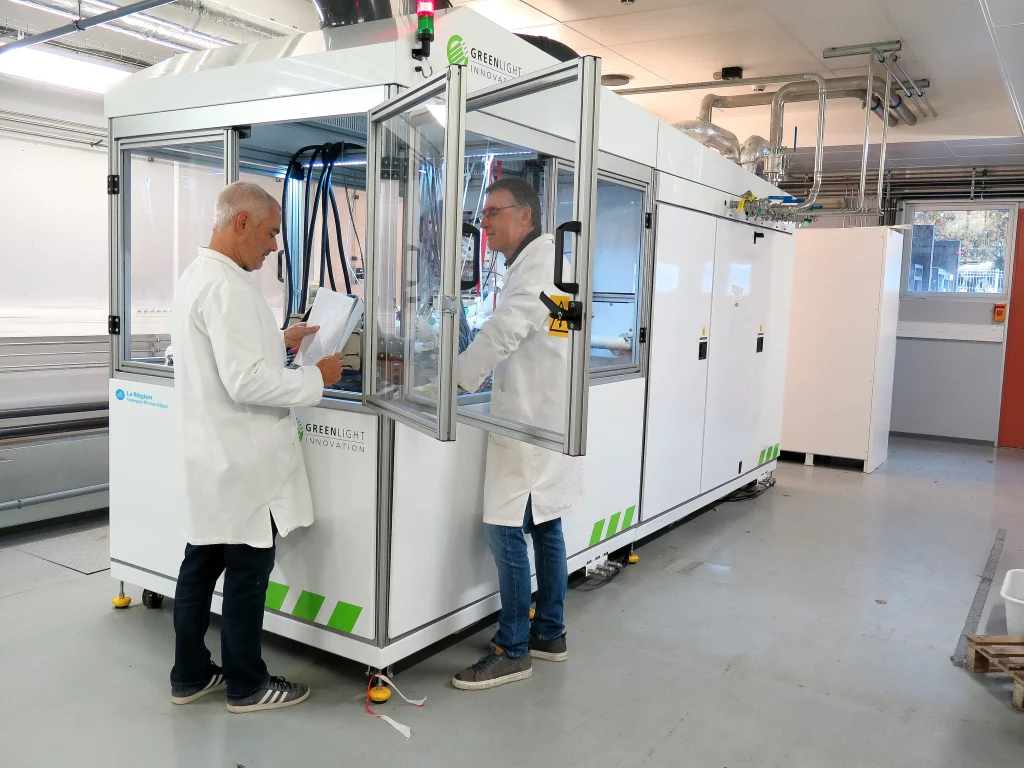Energy consumption & low-carbon mobility
The Energy Consumption & Low-Carbon Mobility theme, with its current and future partner resources, offers a high-potential set of tools for characterizing the energy performance of various small and medium-power agricultural/off-road vehicles in the field of new solutions (alternatives to “ever bigger – ever more powerful”) to support the agro-ecological transition.
Existing equipment and infrastructure
Existing original and structuring means of investigation can be mobilized.
Our partners
100 kW fuel cell test bench
A PEMFC fuel cell test bench can be mobilized by CEA Tech’s academic partner CEA Liten to characterize stacks with power ratings of between 10 and 100 kW.


This new equipment enables conditioning and electrochemical characterization of the batteries (polarization curves and impedance measurements, for example), with the aim of monitoring the activity of the various cells in the stack, as well as their aging and degradation.
This new test bench enables industrial partners to validate their technological building blocks up to 100 kW for the green mobility market.
New equipment and infrastructure
Section 4: Energy bench & low-carbon mobility objective
In today’s energy-intensive and polluting production system, it is vital to be able to characterize the parameters and impact of current motorization/drive sources, as well as to accelerate the introduction of energy sources that are more virtuous in terms of sobriety and low-carbon mobility, such as electric power.

To this end, the AgroTechnoPôle platform has been working for several months on the definition and acquisition of a test bench dedicated solely to small and medium-power vehicles/robots. This research and test bench will enable us to reproduce consumption cycles by applying brake/motor torques to drive shafts, as well as loading different types of auxiliary plugs (mechanical, electrical, etc.) under controlled conditions, in order to qualify energy efficiency and autonomy according to different action/use strategies for agricultural machines and robots, defined in the form of scenarios. If the owner of the data authorizes it, it can also be used to feed more massive databases used, for example, by Life Cycle Assessment (LCA) methods or predictive models based on artificial intelligence.
